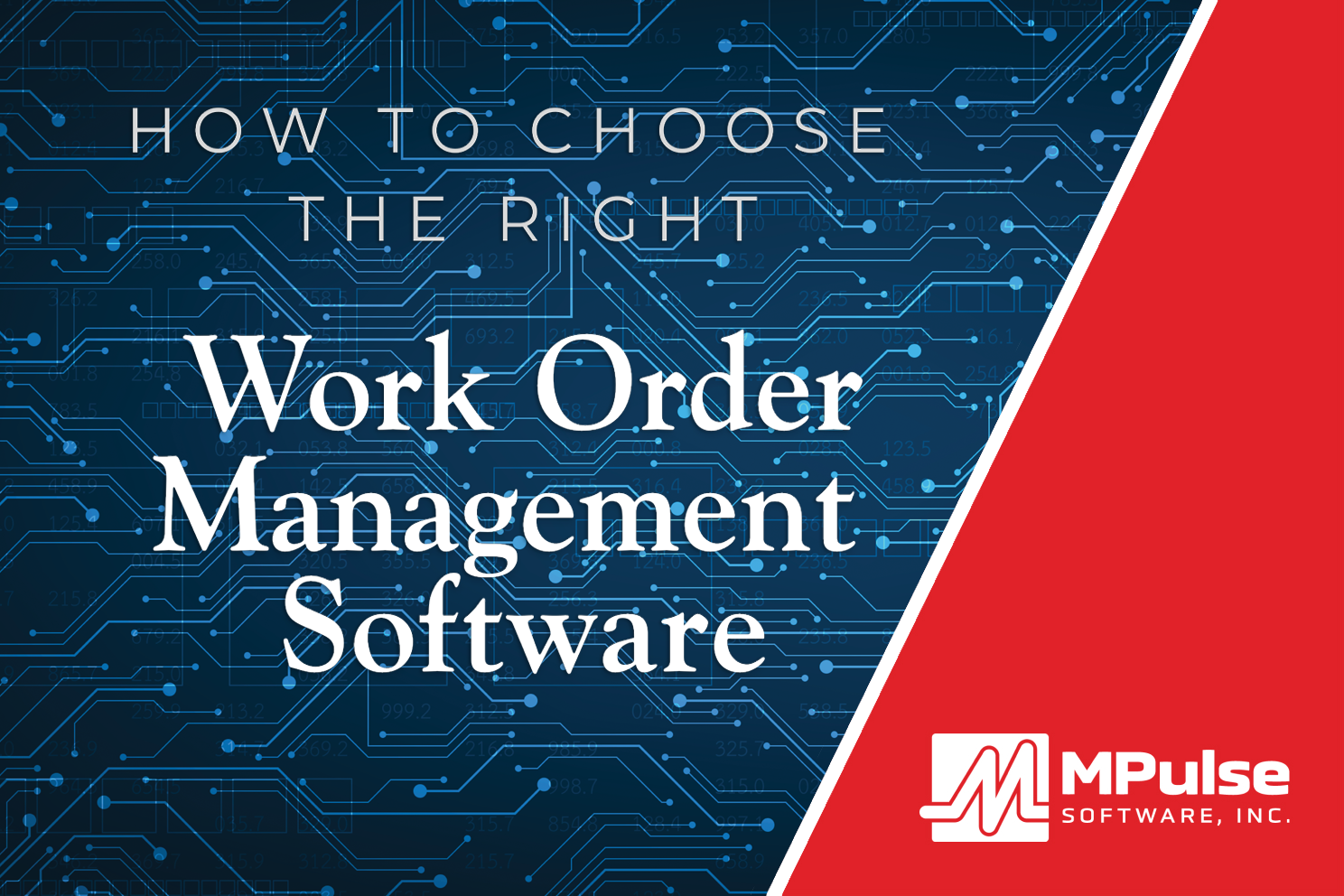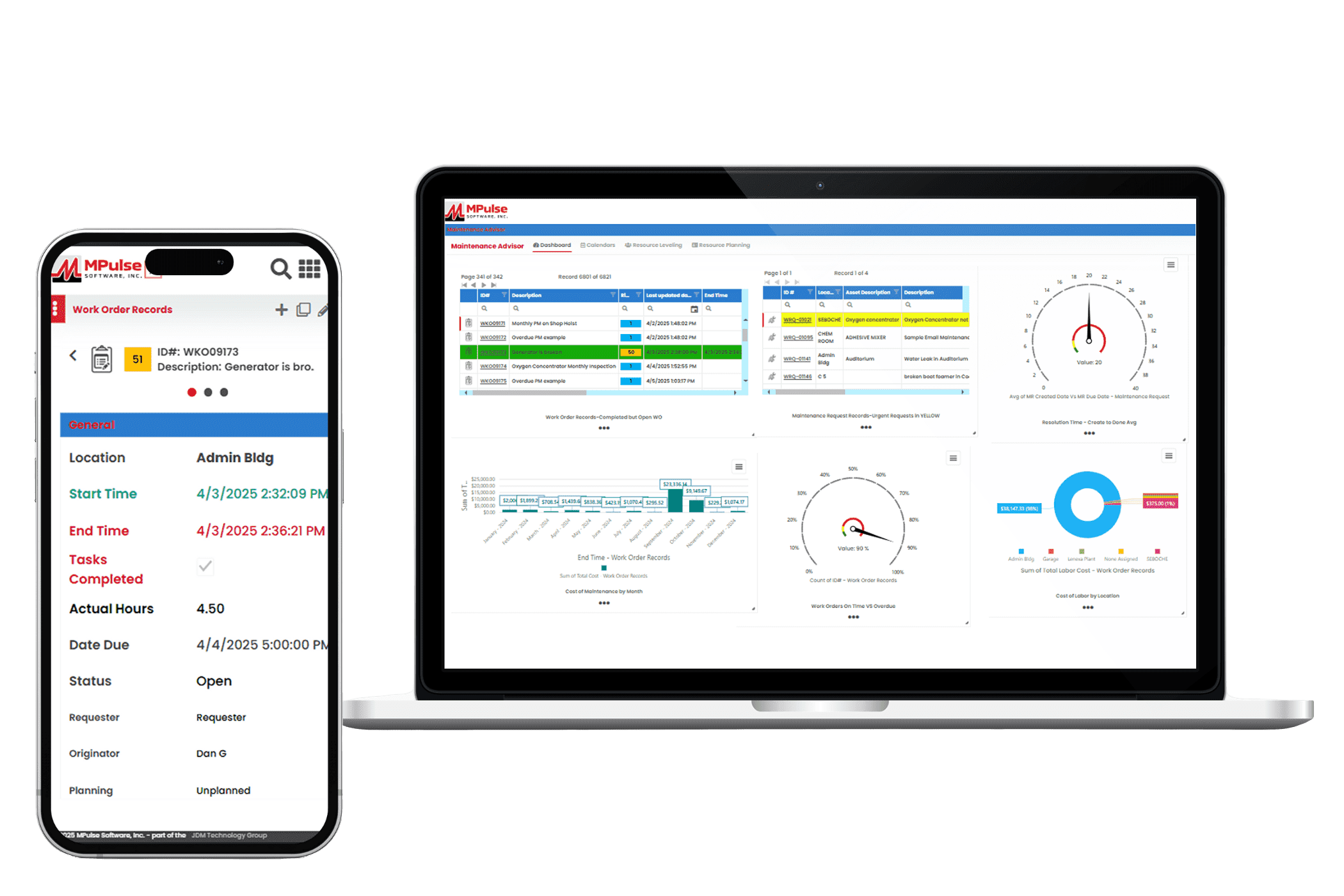All organizations have sensitive information. Therefore, the information your employees see should depend on their role in the organization. This is where Role Based Action Control comes in.
Table of Contents
What is Role Based Action Control?
Role-Based Access Control (RBAC) is a data filtering utility that puts record-level access control in your hands. With RBAC, you can easily adjust settings in your MPulse implementation so the right people—and only the right people—have the right access to the right records.
Six Benefits of Role-Based Access Control Systems
Role-Based Access Control puts record-level control in your hands. As a result, your personnel will only see the records relevant to their unique workloads.
With RBAC, you can experience these six advantages…
- Reduce errors in data entry
- Prevent unauthorized users from viewing or editing data
- Gain tighter control over data access
- Eliminate the “data clutter” of unnecessary information
- Comply with legal or ethical requirements
- Keep your teams running smoothly
Role-Based Access Control: Why You Need It
Removing information “clutter” can significantly streamline data access for your teams. That means your employees can access the details they need faster—helping them work more effectively.
Role Based Access Control Example
MPulse customer FORTRUST uses MPulse RBAC so its data center maintenance personnel see only the records relevant to their unique workloads. As facility maintenance professionals, their employees have very specific job duties. With Role-Based Access Control, however, their plumbers only see plumbing work orders. Their electricians only see electrical work orders.
Another customer with multiple facilities set up their RBAC based on location. So the maintenance team at their Phoenix facility only sees work orders for that site, while the Denver team only sees the work orders for their location.
Why Role-Based Access Control Is Good For Business
With MPulse RBAC you can be sure your employees get access to what they need—and only what they need. RBAC best practices also help you easily adjust settings to…
- Filter data according to departments, work order types, locations, or other fields.
- Assign roles so people see only their operating unit’s information.
- Choose which data are global, and which are unique to a group.
- Define an unlimited number of custom filters.
- Automatically link data to a user’s area of expertise.
- Increase productivity because employees can access what they need—and only what they need.
As a result, RBAC gives your organization centralized control and enhanced security. And that’s very good for business.
Learn more about how Role-Based Access Control can help your organization. Contact us.
[related-content]






